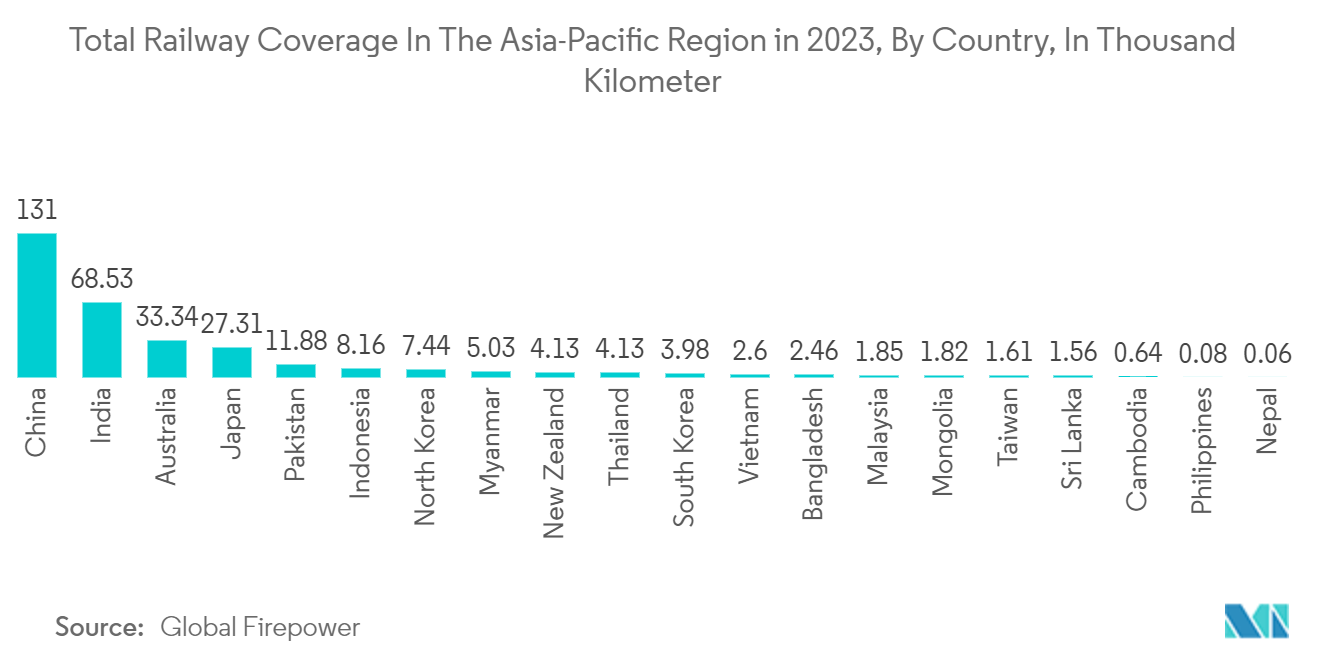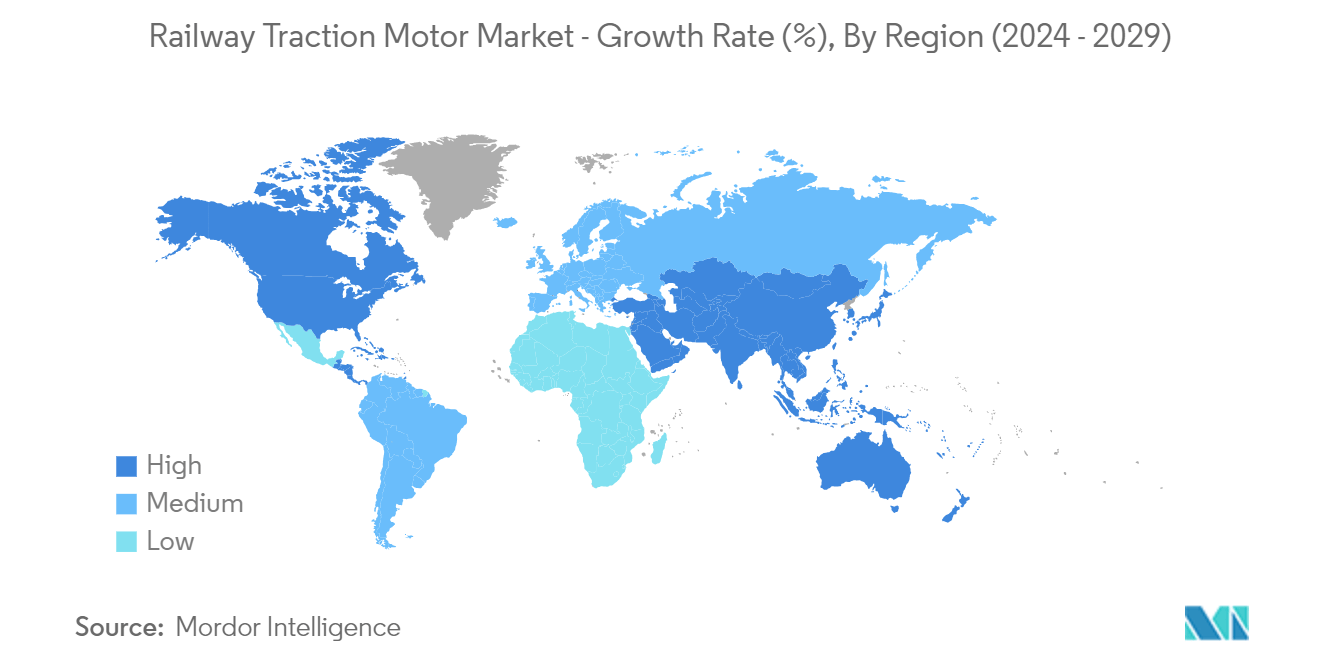Market Trends of Railway Traction Motor Industry
DC Traction Motors Dominating the Railway Traction Motor Market
The railway traction motor market, a crucial segment within the global railway industry, is witnessing significant growth and transformation. Among the various traction motors available, DC traction motors have emerged as the dominant segment, driving much of the market's growth.
The primary reasons for the dominance of DC traction motors are their superior performance and efficiency. DC motors offer high torque at low speeds, which is particularly advantageous for railway applications where heavy loads must be moved from a standstill. This capability ensures smoother acceleration and deceleration, providing a better passenger experience and reducing wear and tear on the railway infrastructure.
Also, cost is a significant factor driving the preference for DC traction motors. Compared to their AC counterparts, DC motors are generally less expensive to produce and maintain. Their simpler design translates to lower manufacturing costs, and their long operational life reduces the need for frequent replacements. Additionally, the maintenance of DC traction motors is relatively straightforward, involving fewer complex components, which results in lower maintenance costs and downtime.
Many railway systems, especially in developing regions, have infrastructure that is already compatible with DC traction motors. This compatibility makes it more feasible and cost-effective to continue using DC motors rather than transitioning to AC systems, which would require significant investments in new infrastructure. The ease of integration with existing systems ensures that railways can upgrade their fleets without extensive modifications, further driving the demand for DC traction motors.
The demand for DC traction motors is bolstered by their wide range of applications within the railways. They are used in various types of rolling stock, including locomotives, metro trains, trams, and high-speed trains. The versatility of DC motors makes them suitable for different operational conditions, ranging from urban transit systems to long-distance freight services. This broad applicability ensures a steady demand across different segments of the railway industry.
The market for DC traction motors is expected to remain robust, supported by ongoing technological advancements and expanding railway networks worldwide. The development of more efficient and durable materials, coupled with innovations in motor design, will further enhance the performance and lifespan of DC traction motors.

Asia-Pacific Dominating the Market for Railway Traction Motors
Asia-Pacific has emerged as the dominant regional segment in the global railway traction motor market, driven by economic growth, rapid urbanization, extensive rail infrastructure development, and technological advancements.
Asia-Pacific countries have experienced significant economic growth over the past few decades, leading to increased industrialization and urbanization. Countries like China, India, Japan, and South Korea have seen their urban populations expand rapidly, necessitating the development of efficient and reliable transportation systems. Railways, being a cost-effective and high-capacity mode of transport, have become a critical component of urban and intercity transportation networks. This surge in demand for rail transport has directly boosted the market for railway traction motors, which are essential for powering locomotives and multiple units.
Also, technological advancements play a pivotal role in the dominance of the Asia-Pacific railway traction motor market. Regional manufacturers and research institutions are at the forefront of developing innovative traction motor technologies. Electric traction motors, particularly those using advanced materials and designs, offer superior efficiency, reliability, and environmental benefits compared to traditional systems. Companies across the region are investing in R&D to enhance motor performance, reduce energy consumption, and improve durability. This focus on innovation ensures that the Asia-Pacific market remains competitive and can meet the evolving needs of the rail industry.
Asia-Pacific is home to some of the most extensive and rapidly expanding rail networks in the world. China, for example, boasts the largest high-speed rail network globally, with plans for further expansion. Japan's Shinkansen (bullet train) system is renowned for its speed and reliability, serving as a model for other countries. India is also expanding its rail network, focusing on both freight and passenger services. The continuous expansion of rail networks in the region drives the demand for traction motors, as new lines and upgraded services require modern, efficient propulsion systems.
The future outlook of the Asia-Pacific railway traction motor market remains positive. The region's commitment to infrastructure development, technological innovations, and sustainable transport solutions will continue to drive demand for traction motors. Emerging markets within the region, such as Southeast Asia, present new growth opportunities as they invest in rail infrastructure to support economic development. Furthermore, the increasing adoption of smart and automated rail systems will create demand for advanced traction motor technologies, ensuring sustained growth in the market.


